Research
Search our website
Search our website by entering a keyword or choose a database above to search specifically.
Search
Showing search results 3,371 - 3,380
14,758 results found

Carving knife
Large pieces of meat are pre-cut with a carving knife. It has a slightly
flexible blade (approx. 25-30 cm long) with a sharp, sometimes curved point
with which the meat can be cut loose from the bones. In the past, carving
knives were quite wide so that the meat could also be served with them.
Most carving knives have a 3/4 or full tongue. The handle can be made of
all kinds of materials: plastic, wood, stag horn, stainless steel, silver
or ivory. The stiffer knives serve to pre-cut beef, pork or lamb; slightly
flexible knives are used for poultry. It is often used in conjunction with
a carving fork. See also ham slicer. [MOT]

Cauterizing iron
After the tail of draft horses has been cut with a docking iron, the wound
is burned with a cauterizing iron. To stop the bleeding, the heated iron is
pressed against the wound with the ring-shaped end for 8-10 seconds so that
it fits over the slight bulge of the tailbone. If necessary, this operation
is repeated until no more blood escapes. [MOT]

Caulking iron
This text on the caulking iron can only be consulted in Dutch. [MOT]

Chainmail burnisher
This text can only be consulted in Dutch
<https://www.mot.be/resource/Tool/chainmail-burnisher?lang=nl>

Cask-washing-chain
Chain with square or S-shaped links that is shaken in a barrel to clean it.
Often a weight is attached to one end and a wooden or iron toggle to the
other. Sometimes the links can be covered with horsehair (1). [MOT] (1) Eg.
fig. 30 in QUICKE: 67.

Carpet cutter
This text can only be consulted in Dutch
<https://www.mot.be/resource/Tool/carpet-cutter?lang=nl>

Champagne nippers
The stopper of a champagne bottle can easily be loosened with champagne
nippers. The narrow jaws with fairly large teeth grip the head of the cork.
Sometimes the opening is behind the rotating spindle and we find champagne
scissors at the front to cut the muselet, i.e. the wire around the cork.
Another model has 2 brackets about 4 cm above the jaws to hold the cork
when it comes out. See also the champagne cutter. Can be distinguished from
the wax tongs to break the wax of a sealed bottle. [MOT]

Carpet stretcher
This text can only be consulted in Dutch
<https://www.mot.be/resource/Tool/carpet-stretcher?lang=nl>

Champagne cutter
This text can only be consulted in Dutch
<https://www.mot.be/resource/Tool/champagne-cutter?lang=nl>

Centre punch
This text can only be consulted in Dutch
<https://www.mot.be/resource/Tool/centre-punch?lang=nl>








